Fred Donner described four approaches to early Islamic history. Which one does Dan Gibson feel fits himself best?
Transcript
Which Approach to Islam?
Hello, I am Dan Gibson, and in this video we are going to briefly examine which approach I am taking to Islam.
Some years ago, Fred Donner published Narratives of Islamic Origins. Fred Donner was not his real name. His name was Dr. Peter B. Ritzma Professor of Near Eastern History in *The Oriental Institute and Department of Near Eastern Languages and Civilizations*at theUniversity of Chicago.
That aside, Dr. Ritzma described four different approaches to Islam that are popular today. This idea caught on, and it seems that many scholars and readers of Islam are trying to squeeze each other into one of these four categories. I face this all the time, when people call me a revisionist and group me with Dr. Patricia Crone and others.
Now in his paper, Dr. Ritzma explains that his four categories concern opinions of what happened in the early period of Islam from 610-660 BCE. Since there are few available sources for this period, several different opinions, often very contradictory to each other, have emerged.All of this was written back in 1998 before I published my findings based on gathered archeological data to add to that of manusctipt evidence.
The first approach is called the Descriptive Approach. This approach accepts and agrees with Islamic origins as related in traditional Muslim sources. This approach assumes that the Qur’an is a source for studying the life and career of the Prophet Muhammad and that the reports found in Islamic chronicles were reliable; and that the hadith literature was generally reliable for sketching the early history of Islam.
Dr. Ritzma explains that in his four volume series: The Empire of the Arabs, John Glubb uses the Descriptive Approach when he narrates Muhammad’s birth and the story of him receiving revelation from the Archangel Gabriel as related in the traditional accounts. He also uncritically relates how tribal leadership was contested by Bani Hashim and Bani Umayya. Thus, Glubb reproduces narrative found within the Muslim tradition which is consistent with the Descriptive Approach.
Glubb’s description of Islamic theology such as the idea of one God, judgment, and paradise and hell also suggests that he accepts the documentary nature of the Qur’an.
In much the same way, I also identify with the Descriptive Approach. This is why when people try to classify me in one of the other three groups, I resist. They misunderstand what I am saying because they cannot image that I can equally hold to a descriptive approach and that Petra was the original holy city of Islam, not Mecca in Saudi Arabia.
So let’s look at the other three approaches and see if I fit into any of them.
The second group that Dr. Ritzma describes, are what he calls the Source-Critical Approach. This approach ties to formulate theories and methods to account for what they see as contradictions in the narratives.
Dr Ritzma lays it out like this: 1) the available accounts in the sources contain authentic early historical information which was then meshed with unauthentic information (I think I can go along with this)
2) Non-Islamic sources gave an independent account with which the Muslim narratives can be compared for reliability; (Again, I struggle a bit here, because the non-Islamic sources are far removed from the events)
3) the hadith literature was of little value in sketching Islamic history because of its religious interests; (Here I disagree completely. I think the hadiths must be recognized in context, knowing who wrote them, and why they were slanted in a particular way, eg: Shia and Sunni or other influences. But I do not throw out the hadiths as totally useless)
4) the Qur’anic text was a documentary source for the period of Islamic origins.
In Muhammad at Mecca, Montgomery Watt utilizes the Source-Critical Approach when he questions whether the prominence of Muhammad’s ancestors is credible or a later exaggeration. He also notes how the sources written under the Abbasids tend to present the Umayyads in a negative light. This shows that Watt is critical of the sources and he is mindful of later unauthentic exaggerations which may have been added to actual historical information – a tendency which characterizes the Source-Critical Approach. Watt, however, does not doubt the historical account as a whole, stating that “there are no grounds for supposing serious falsification or large-scale invention” and this admission clearly places his method outside the Skeptical or Tradition-Critical approaches.
So in the end, I might accept being classes as Tradition-Critical except for the view of the hadiths. I don’t accept all hadiths at face value, but I accept them as a record of people’s thinking at the time they were collected. Can you make that distinction? When Azraqi tells us that Noah’s ark circled the Ka’ba seven times before it landed, I accept that tradition as something that was being discussed at the time. Not that I actually accept that the Ka’ba was around during the time of Noah, or that the ark managed to circle seven times around the Ka’ba, or that people on the ark could even see the Ka’ba if it was under-water. But I am glad that Azraqi recorded it, because it was obviously a story that was going around in his day.
So the hadiths have use and I study them, and try to find useful items that help us understand the founding years of Islam.
While the Source Critical approach produced many new studies … the recognition of issues in oral transmission led to the emergence of a third approach to Islamic origins that Dr Ritzma called the Tradition-Critical Approach. Dr. Dr Ritzma tells us that this first appeared in Goldziher’s study of hadith literature.
This approach holds that traditional accounts were the product of evolution over time and reflect political, religious and social factors which became important after the time of the events which the accounts describe. This approach acknowledges that large parts of Muslim traditional literature may be fabrications but assumes that the “kernel of historical fact” remains embedded within this literature and can be recovered by thorough analysis.
In The Eye of the Beholder, Uri Rubin utilizes the Tradition-Critical Approach in examining different versions of the annunciation story present in Shi‘i sources.Rubin also cites two versions of the story which include Abu Bakr and concludes these arise from later interpolations which reveal certain non-Shi‘i motivations intended to support Abu Bakr’s early conversion to Islam.Rubin’s conclusion is that the traditional accounts were subject to gradual development based on political and theological factors.
Now the last approach:
As a result of applying Source-Critical and Tradition-Critical approaches, some scholars began to call into question the very idea that any historical truth had at all survived in the Muslim tradition. Such concerns led to the formation of a fourth approach which Dr Ritzma terms the Skeptical Approach.
This approach also holds that the traditional sources have undergone evolution but denies the existence of any remaining historical truth which could indicate the reality of events that actually occurred because such evidence has been drowned in a sea of later distortions.
The assumptions of the Skeptical Approach are that:
1) the Qur’anic text wasn’t closed and canonized until the second or third century Hijri
2) The accounts of Islamic origin which glorify the past come from a later period
3) the accounts describing the Prophet’s life and were originally tied to the Qur’an itself as a form of exegesis.As an example he refers to: In Meccan Trade and the Rise of Islam, by Dr. Crone. She employs the Skeptical Approach in her analysis of different versions of the annunciation story about Muhammad in Syria and remarks that “evidently none” of the fifteen versions of the story can be true.
Crone attributes these various accounts to “storytellers” whom she says could “produce equally fictitious accounts of an apparently historical incident.”She concludes that the entire idea that Muhammad traded in Syria must be untrue. Thus, Crone follows the Skeptical Approach in completely denying the existence of any historical truth in these narratives. Her approach to these stories is similar to those used in Biblical Criticism that denies the historicity of much of the Bible. I definitely do not agree with Dr. Crone, and find almost nothing of common ground between my approach and that of the Skeptical Approach.
So how would I describe my approach to Islam?
At this point in my studies, I think there was a real Muhammad, in and about the time that Islamic history describes him. I think the histories could have been out by as much as 20 years. I accept this because there are always issues matching up one civilization’s histories with another.
I believe that Muhammad was born in a city known as Mecca. But that city also had other names, including Rekem, Seir, Sela, and Petra. The later Islamic writers used the name of Mecca for both places, and in time their identities merged into one memory of one place, rather than two.
I believe that after the Black Rock was moved to Saudi Arabia, people started going to the Saudi location for pilgrimage, and in time the names of places such as Mina, Arafat, Zamzam, Shib Abu Talib, and so forth were transferred from the Petra location to the Mecca location. At first there were two pilgrimages. I think manuscripts support this. Eventually the Petra location was destroyed by earthquakes and also political correctness changed everything to the Mecca location.
I also believe that places around Mecca were ne-named: such as Ghadir Khumm, Aqaba, Baydha, and even the village of Ta’if.
I don’t think this is too fantastic, because we see the very same thing happening in Christianity, where the holy sites were guessed at, and even today, I think the Holy Sites in Jerusalem are all in the wrong place, even the location of David and Solomon’s Temple, the place of the crucifixion, and the location of the tomb. All later guesses that people made, and I don’t think they got them right. If it happened to Christians, it could easily have happened in Islamic history.
That doesn’t mean the history is wrong, it just means that there was a period of time when the geography of those places wasn’t as important as it was later. In Islam it wasn’t until Yaqut came along, that these location names were more or less cemented down.
As for the Qur’an, I think Muhammad did produce suras. Many of these were circulated as individual documents. The challenge early Muslims had was to collect these individual documents, and other memories bring them together into a conclusive single book. Abu Bakr tried, Uthman tried, and I think it was done again by Hajjaj. The big issue in the collecting of these documents was that the collectors could add to the original collection new materials that people believed were part of the original set, but were not included. So the Qur’an grew in size. A second problem was the destruction of anything that did not agree with their collection, thus wiping out most anything of the earlier collections.
So am I a Skeptical revisionist like Dr. Crone? Or like those on Sneakers Corner? Absolutely not.
Am I a Tradition-Critical revisionist like Goldziher? Definitely not! Am I a Source-Critical Historian like Glubb? Possibly, but I am uncomfortable, even there.
Do I follow the Descriptive Approach? If I am limited to the four boxes that Ritzma or Donner invented, then Yes, I am most comfortable in the first box. It is the same box that 90% of traditional Muslims find themselves.
And yet, for the last ten years or more, Muslim and even western scholars keep trying to cram me into one of the other boxes. Most are convinced that I am an absolute Skeptic. But I am not. I describe myself as a literalist. I don’t think the ancient chroniclers of history went about inventing history. I don’t think they invented new characters or history. I think they tried to accurately write down what people were saying and thinking during their lifetime. Did it 100% accurately reflect what actually happened? I cannot say how accurate they were. Any more than I can say how accurate newspapers are today, with trained journalists, and worldwide travel and instant communications.
And yet, how accurate does our own media get it? How influenced is the media today by what is currently politically correct.
I don’t expect any more or any less from the writers of Islamic history or hadiths. But they are useful in interpreting what the archeological record tells us, and in getting a picture of what really happened in Arabia 1500 years ago. I put my emphasis on the archeological data of the mosques I have looked, the other buildings I have looked at, and their Qiblas.
I am Dan Gibson, and this has been another video in the series Talking with Dan Gibson.
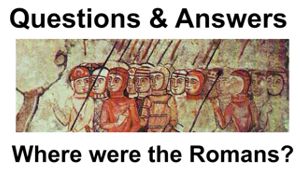
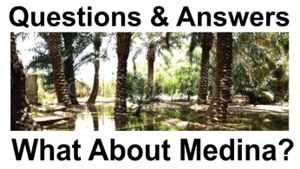
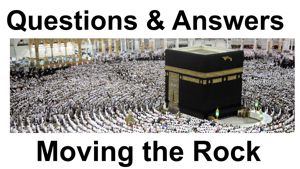
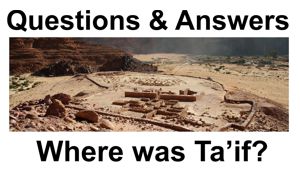
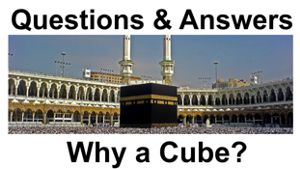

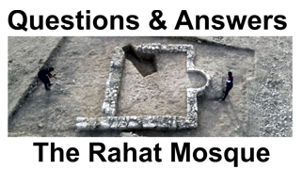
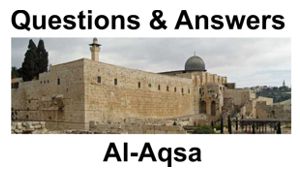
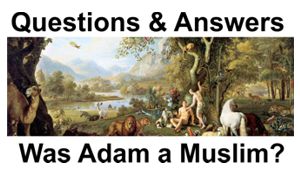
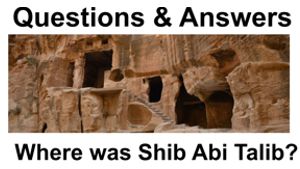
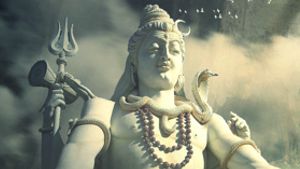
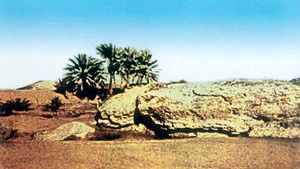
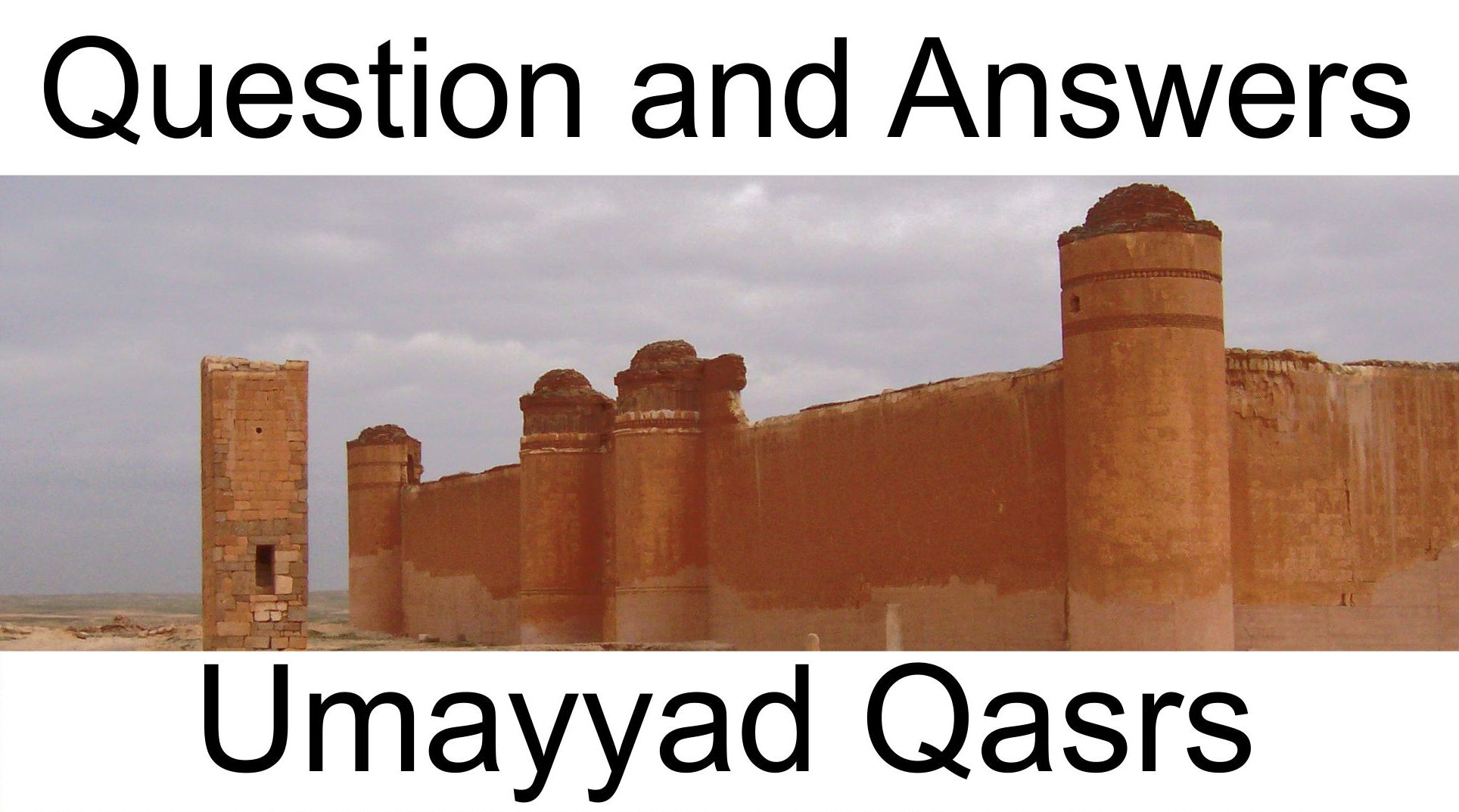
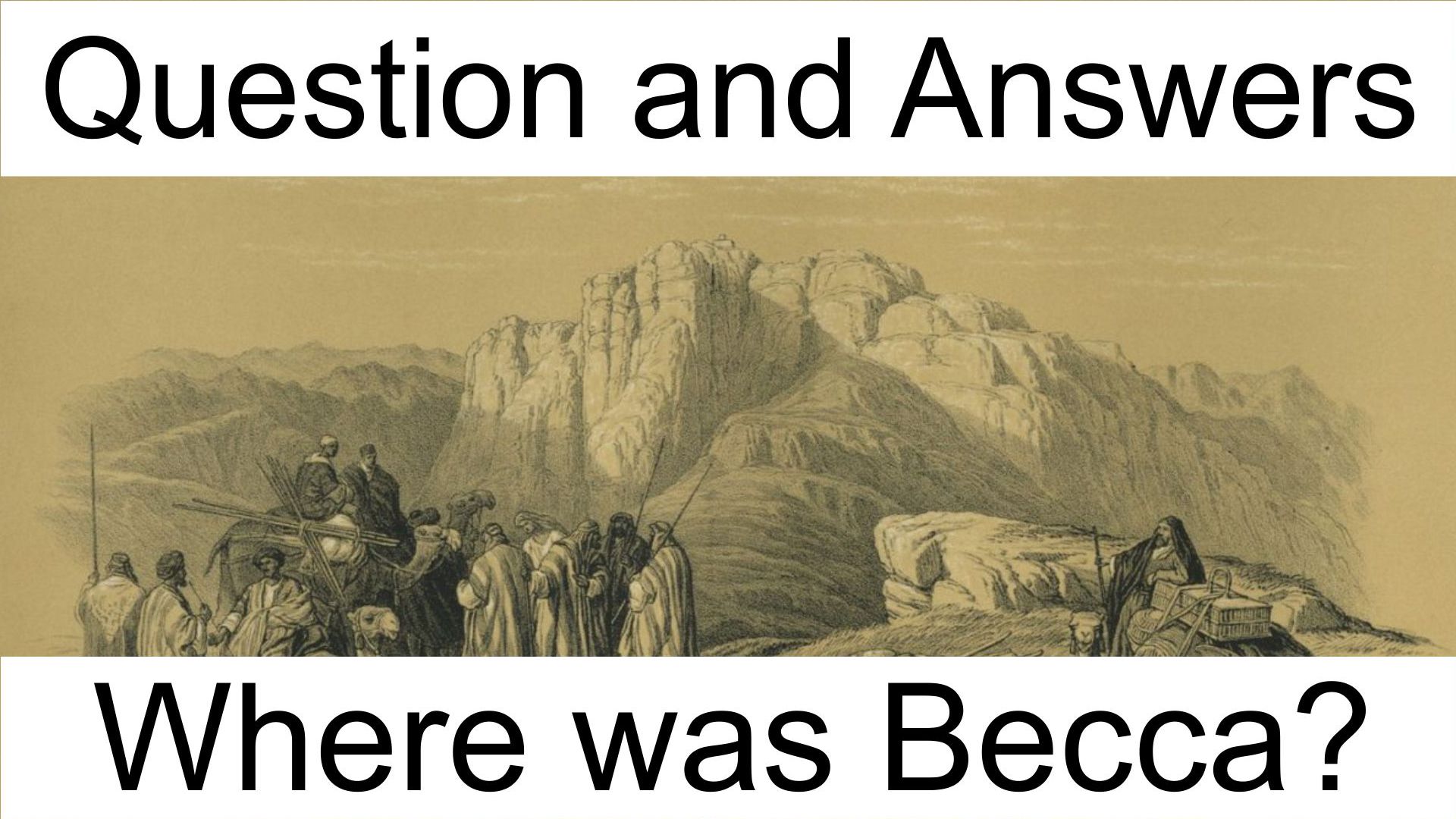
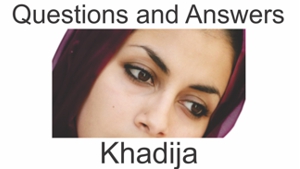
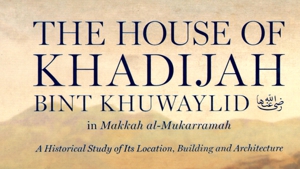
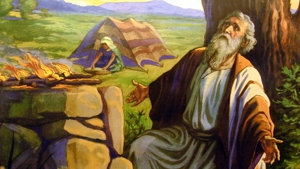
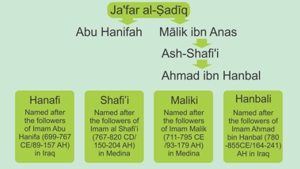

Page Discussion
Membership is required to comment. Membership is free of charge and available to everyone over the age of 16. Just click SignUp, or make a comment below. You will need a user name and a password. The system will automatically send a code to your email address. It should arrive in a few minutes. Enter the code, and you are finished.
Members who post adverts or use inappropriate language or make disrespectful comments will have their membership removed and be barred from the site. By becoming a member you agree to our Terms of Use and our Privacy, Cookies & Ad Policies. Remember that we will never, under any circumstances, sell or give your email address or private information to anyone unless required by law. Please keep your comments on topic. Thanks!